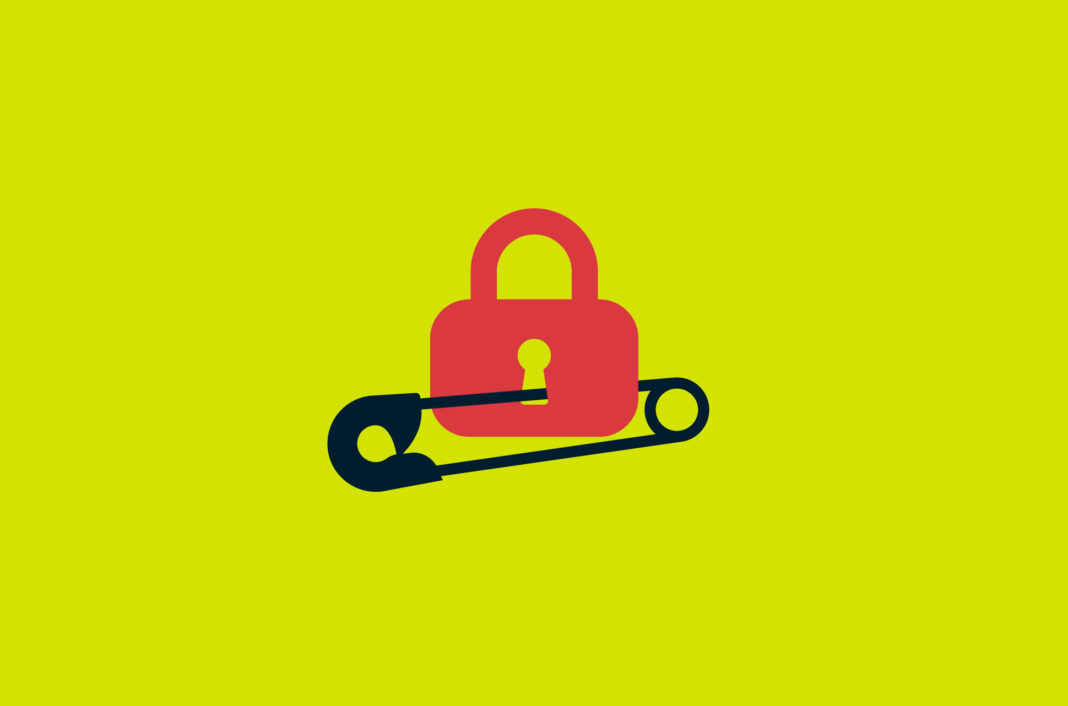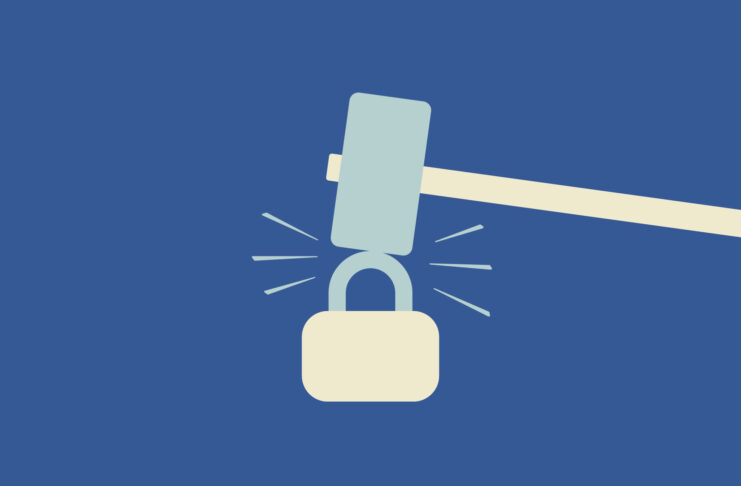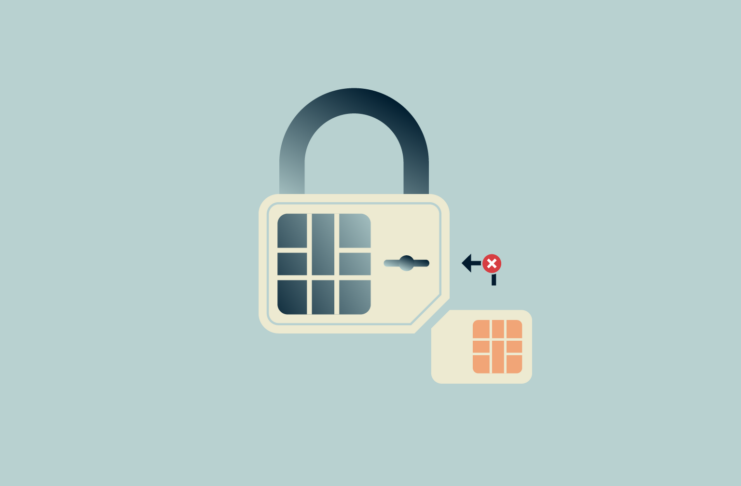Concepts like encryption, digital currencies, and other privacy tools are accepted as a mainstream part of the internet today, but it’s taken an offbeat movement for these technologies to get to where they are.
Encryption, for example, was the exclusive domain of the U.S. military before the 1970s, when it was used to create secure communications and spying tools. In 1976, a paper called “New Directions in Cryptography” was published by Stanford University researchers Whitfield Diffie and Martin Hellman, which brought cryptography to a broader audience.
Further work on cryptography and privacy was done by David Chaum, who published “Security Without Identification: Transaction Systems to Make Big Brother Obsolete” in 1985. The paper laid out many of the technical foundations for digital currencies, as well as an acceleration of the discussion around online security and privacy in general.
Get more tidbits about internet lore. Subscribe to the ExpressVPN Blog Newsletter.
The cypherpunks are born
The cypherpunks came into existence in late 1992 when a group of technologists—Eric Hughes, Timothy C May, and John Gilmore—invited their close friends to discuss issues surrounding cryptography and programming. The meeting evolved into a monthly gathering held at Gilmore’s company Cygnus Solutions in the San Francisco Bay Area.
It was at one of the early meetings that Jude Milhon coined the term “cypherpunks,” a portmanteau of “cypher” and “cyberpunk”. The initial attendees were eager to grow the movement outside of the Bay Area and decided to set up a mailing list, which quickly attracted hundreds of subscribers.
Subscribers to this mailing list utilized encryption methods such as PGP to ensure privacy, which led to the robust and unfettered debate around cryptography, computer science, politics, philosophy, and more.
Despite the internet being a very nascent technology at the time, early cypherpunks believed that it was only a matter of time before it would become a cornerstone of society. They were guided by a goal of protecting the neutrality of the internet, with the prediction that government would do all it could to monitor and co-opt the tech.
Personal privacy and liberty were the founding principles of the cypherpunk movement. In keeping with this ethos, no matter how intense the disagreements, each member’s right to espouse their views and debate freely were respected above all.
The Cypherpunk’s Manifesto
Eric Hughes, one of the founding fathers of the cypherpunk movement, published the Cypherpunk’s Manifesto in 1993. It advocates strongly for the right of individuals to remain private and anonymous in their transactions and resists any attempts to degrade cryptography.
“We must defend our own privacy if we expect to have any. We must come together and create systems which allow anonymous transactions to take place […] The technologies of the past did not allow for strong privacy, but electronic technologies do. We the Cypherpunks are dedicated to building anonymous systems. We are defending our privacy with cryptography, with anonymous mail forwarding systems, with digital signatures, and with electronic money.”
Activism and resistance are built into the Cypherpunk movement. In the early 1990s, the use and export of cryptography outside the U.S. was an illegal act, since the technology was still considered a military tool. Well-known cypherpunk Adam Back made his email signature the RSA encryption algorithm, an act of civil disobedience at the time, and encouraged others to follow.
For cypherpunks, cryptography has always been crucial to a sovereign internet. Encryption, they believe, is the best way to wrest power away from the government and back into individual hands.
Notable cypherpunks
The overall contribution of the cypherpunk community to privacy, encryption, and digital currency is extensive. A few well-known members of this community include:
Jacob Appelbaum: The developer of Tor
Julian Assange: Founder of WikiLeaks
Adam Back: Co-founder of Blockstream
Bram Cohen: Creator of BitTorrent
Hal Finney: Main author of PGP 2.0
Tim Hudson: Co-author of SSLeay
Paul Kocher: Co-author of SSL 3.0
Moxie Marlinspike: Developer of Signal
Zooko Wilcox-O’Hearn: Founder of Zcash
Philip Zimmermann: Creator of PGP 1.0
Satoshi Nakamoto, a pseudonym for the person who wrote the Bitcoin Whitepaper, was also inspired by the cypherpunk movement as they made several references to privacy in the text. Satoshi also sent private emails to Hal Finney and Wei Dai, two well-known cypherpunks, asking them for feedback on early versions of the paper.
Read more: Modern-day encryption has ancient cryptography beginnings



























We all must avoid a cashless society controll of money tells all